It is important to understand the different organic fertilizers that you can use in your garden and what they can do to help your plants. In this article I am going to go through all the various materials that you can use for your organic garden. For more information on fertilizers check out Fertilizers What You Need to Know for Successful Gardening.
Dry Fertilizers
Blood Meal
Blood meal is a high nitrogen rich nutrient that can be used on plants that require high levels of nitrogen. For instance corn and spinach require lots of nitrogen and I like to place this meal around the base of the plants in order for the roots to absorb as much as possible.
Not only can it be used for corn or plants that need lots of nitrogen, but you can use it for plants that are not as green as they should be. Plants that are kind of pale or light green to yellow it may be because there is not much nitrogen in the soil. This is when you can spread this organic fertilizer around your plants that have a poor color.
Bone Meal
Bone meal is perfect for root growth and is great for practically any type of plant. This is one meal that you must use when transplanting or growing seedlings in small containers. I like to add bone meal into rows that I make in the garden just before placing seeds into each row. This is a must for any organic gardener.
Compost
The number one element for gardens that every gardener needs to use is compost. Making good compost can sometimes be difficult and is mostly trial and error, but once you get that magical combination you can use this for any plant in your garden. You will definitely notice a difference when adding compost into your garden.
Kelp Meal
This is one of those organic fertilizers that is not required, but can be a good help for vegetables such as beans or legumes. Kelp meal is
rich with potassium which assists plants in producing more flowers and hopefully more fruit. Give it to beans or legumes and you should see a greater production of flowers and a bigger harvest.
Although beans and legumes need this for flower production you can give kelp meal to any plant that is not producing enough flowers. It is also good for plants that are producing fruit, but ends up turning yellow and dying off. This could help the plant to produce better and fuller fruits or vegetables.
Lime
Lime or limestone is used in gardens for a couple of reasons. The first reason would be to regulate or raise the PH of your soil. The
other reason is to “sweeten the soil”. Now the ladder is a little bit tougher to figure out. From my experience adding lime right after applying a fertilizer is a good way to keep fruits and vegetables sweet.
If you don’t add lime to your plants you can be certain that many of them may not have the taste that you are expecting. Some plants are more susceptible to bitter tasting such as spinach and lettuce. It can also have an effect on melons as well. This is why I add extra limestone to both of them in order to be certain that they will not taste bitter.
Pulverized VS. Pelleted Limestone
In most stores you will find two forms of limestone: pulverized and pelleted. So which one should you use? Both of them are used for raising the PH of soil. They are usually dolomitic limestone which supplies your soil with both calcium and magnesium.
I was once told by an old-timer farmer that pelleted limestone is the best for organic gardening. Although I mostly use pelleted lime I still use powdered lime at times for some testing. I have found that pelleted lime can last a little bit longer than pulverized lime which means you don’t have to give your plants as much pelleted lime than you would with powdered lime.
Peat Moss
This is one of those fertilizers that are perfect for acid loving plants. It can make soil more acidic just by adding it to the preexisting soil. Blueberries are one of those plants that love acidic soil and are one of the reasons I always keep peat moss handy. If you plant these types of plants I would recommend having this in your garden toolkit.
Pulverized Eggshells
Eggshells are great for a variety of reasons. First off they provide you with calcium that you can use in the garden in case your soil happens to lack this macro-nutrient. It is also good for tomatoes and sometimes melons to avoid bottom end rot. A calcium deficiency can be one of the causes of this condition mainly found on tomatoes.
Another benefit of eggshells is that they can provide your garden with trace minerals that are beneficial to your plants. They might not have many minerals, but it is just another reason to keep some eggshells around.
The best way to provide your plants with eggshells that they can absorb is by pulverizing it into a powder. Large eggshell pieces are not useful to plants since their roots cannot absorb it efficiently.
Making Eggshell Powder
Step 1. I like to first clean out the eggshells and then let them dry on a windowsill or warm area.
Step 2. Then I place them in a container and crush them using a wooden dowel to as small as possible.
Step 3. Once they are crushed into very small pieces I then throw them into a blender and put it to its highest speed. I prefer a very fine powder which will be easy for your plants to utilize.
Wood Ash
Probably one of my favorite fertilizers is wood ash. The benefit from wood ash is its large amount of trace minerals along with potassium.
This is one of the best ways you can replenish your garden soil with all the micro-nutrients that plants need. I like to mix it in with the soil or grind some of it up into a powder and place it around my plants. It is also great when transplanting plants and can give them a quick boost of growth.
Worm Composting
Another form of composting that is much easier and less work is using earthworms to eat all your kitchen scraps. You can either place
earthworms directly into the garden or you can use them in special bins for breaking down kitchen scraps and other organic compounds. Worms will then turn all this food into worm castings (worm poop) which is rich in nutrients including nitrogen and even several trace minerals.
Liquid Fertilizers
Fish/Seaweed Emulsion
The best liquid organic fertilizers in my opinion are fish and seaweed emulsions. They are both perfect for developing plants and you can give them to plants that are still young. These fertilizers will not burn the plant or its roots allowing you to apply it as soon as possible. If your plants need a quick injection of N-P-K then you need to be certain to have these emulsions at hand.
What Types of Emulsions are Best for Organic Gardeners?
There are several types of fish emulsions on the market and many of them do the same thing. The problem occurs with how it’s made or what exactly it is made out of. Certain emulsions contain chemicals that will be detrimental to your organic gardening efforts.
The only emulsions that I use in my own garden come from Neptune’s Harvest. Their emulsions are made specifically for organic gardening and will not harm your plants in any way. Whether you are using fish emulsion, seaweed emulsion, or both you cannot go wrong with Neptune’s Harvest. Start using it your garden today and within a week or two I guarantee you will notice the benefits from these fertilizers.
Manure Tea
Another way to grow larger fruits and vegetables is to incorporate manure tea into your garden schedule. Manure tea is great for using as soon as your plants start producing fruit. This works method works best and I have found it to work quite well for most of my garden plants.
How to Make Manure Tea
To make manure tea you will need dehydrated manure, five gallon bucket, and 12” burlap bags.
Step 1. Fill the bucket with water
Step 2. Using a small trowel or your hand fill the burlap bag with manure making sure to compact the soil in order to have a stronger “flavored” tea. The more soil you place in the bags the more potent the solution you will have.
Step 3. Once you have filled the burlap bag place it in the bucket full of water and keep it covered.
Some people say it only takes 24 hours to make good manure tea, but I disagree and I like to wait a couple of weeks before using it on my plants. Waiting longer will help to create beneficial bacteria that are necessary for your plants health. A good rule for manure tea would be the darker it is the better the tea.

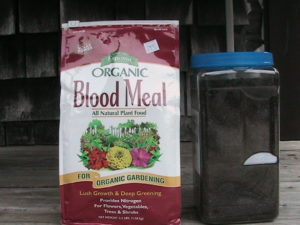
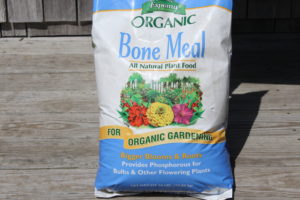

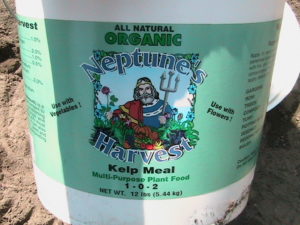


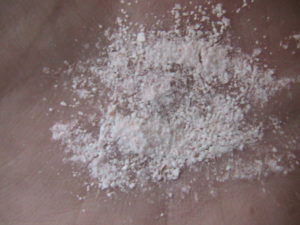

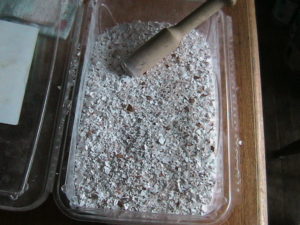

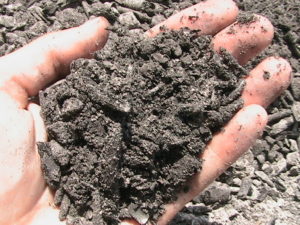
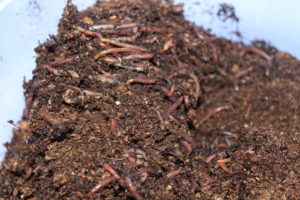


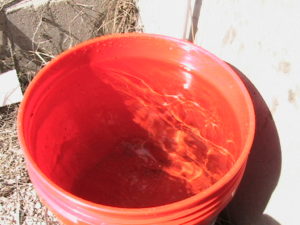
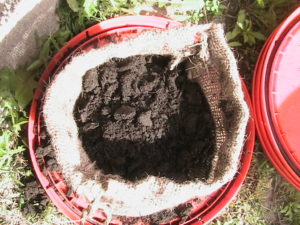
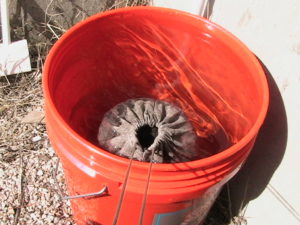
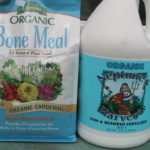

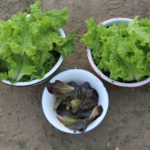
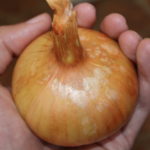
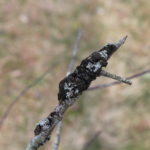
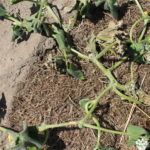
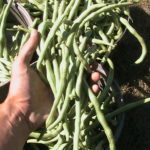
Recent Comments